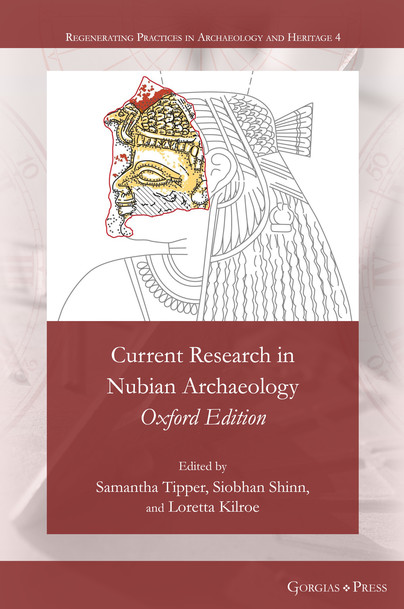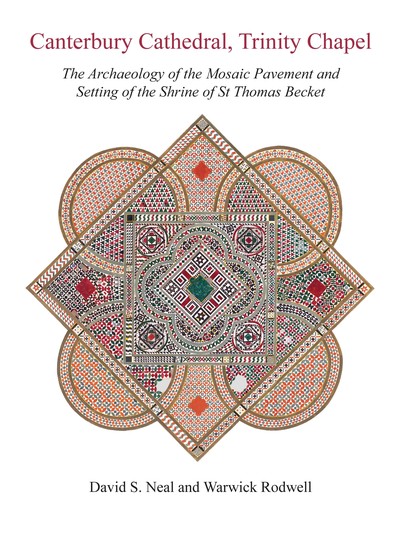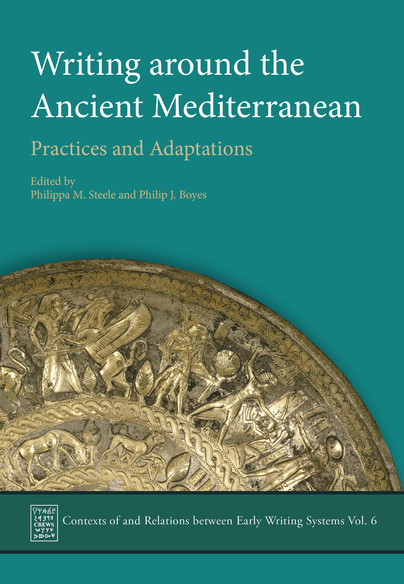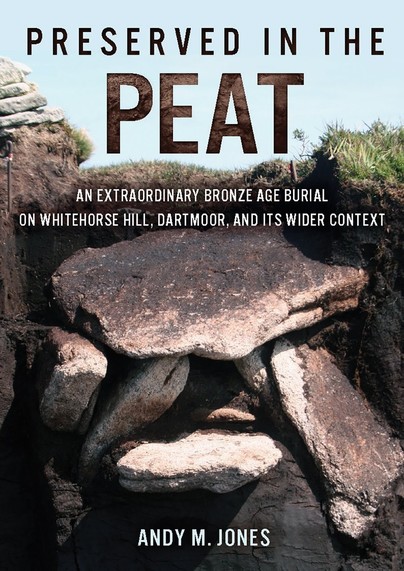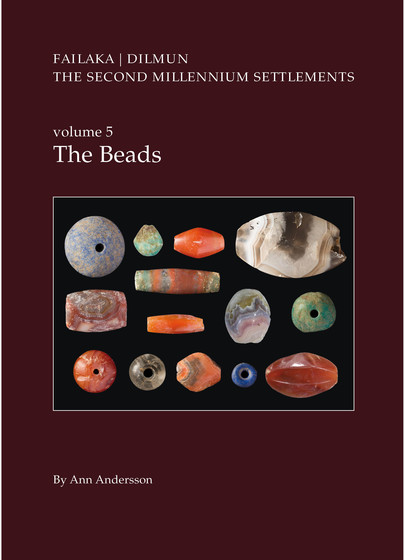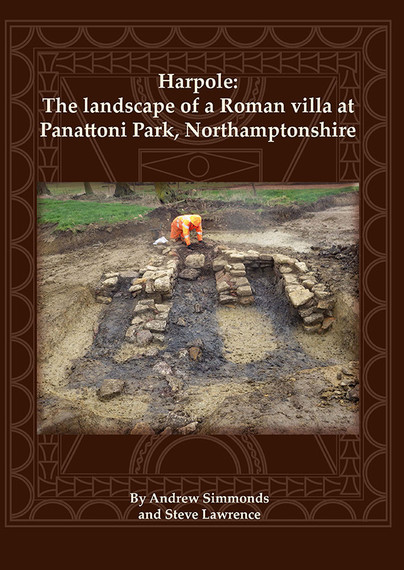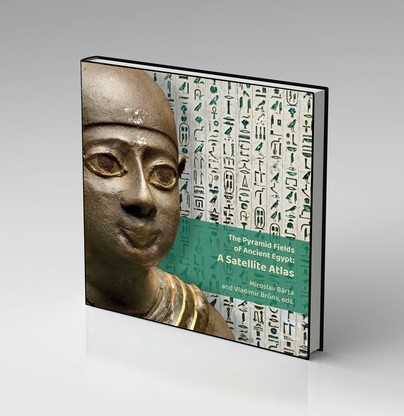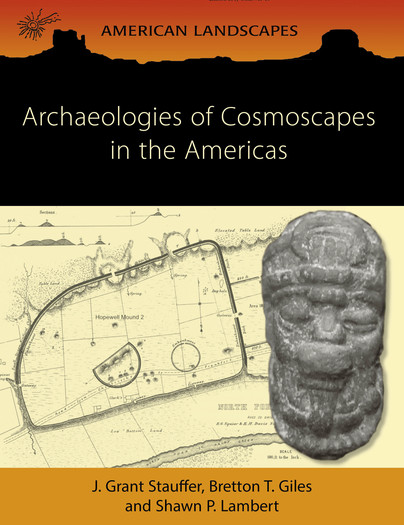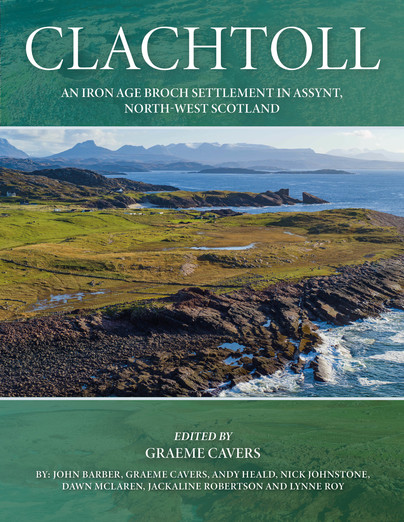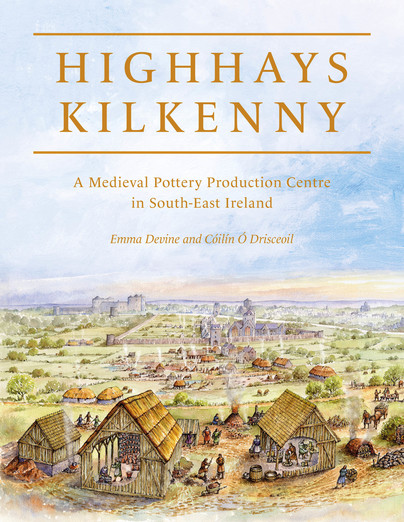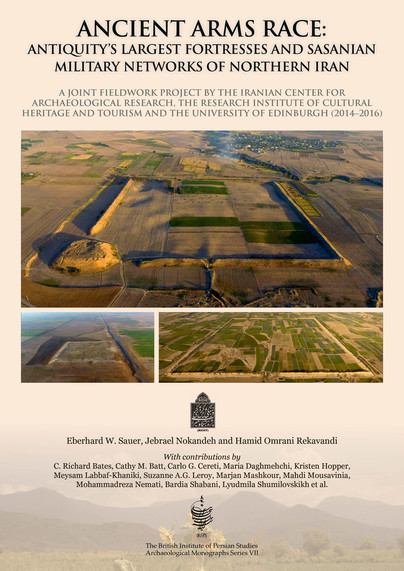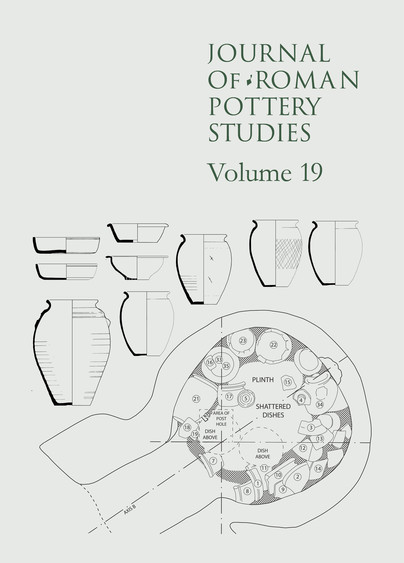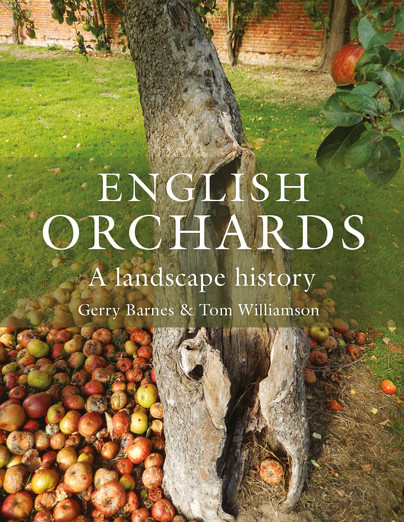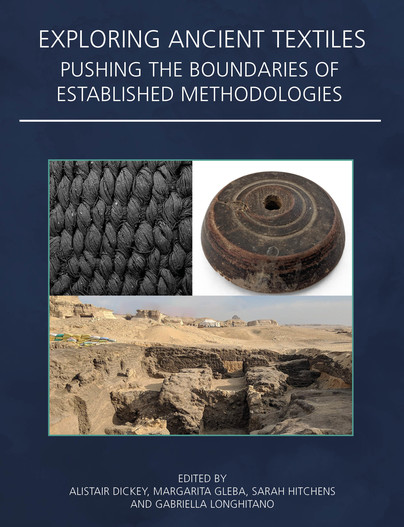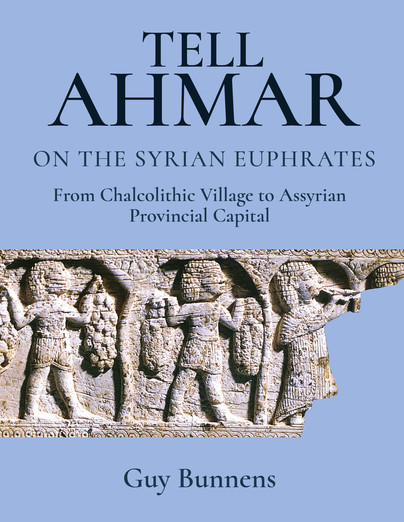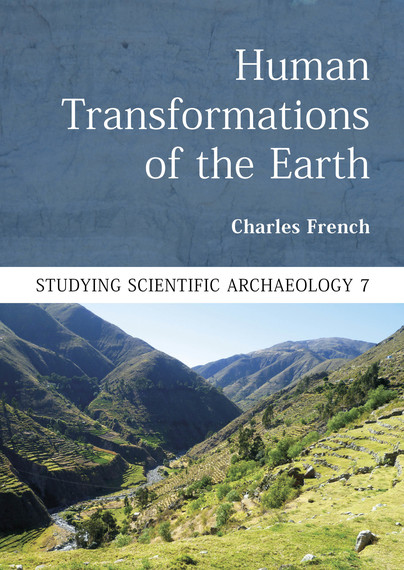
Format: Paperback
Pages: 256
ISBN: 9781789259209
Pub Date: 15 Sep 2022
Imprint: Oxbow Books
Series: Studying Scientific Archaeology
Illustrations: B/W and colour
Description:
This book charts and explains how human activities have shaped and altered the development of soils in many parts of the world, taking advantage of five decades of soil analytical work in many archaeological landscapes from around the globe. The core of this volume describes and illustrates major transformations of soils and the processes involved in these that have occurred during the Holocene and how these relate to human activities as much as natural causes and trajectories of development, right up to the present day. This is done in two ways: first by examining a number of major processes and impacts on the landscape such as Holocene warming and the development of woodland, clearance and agricultural activities, and second by examining the trajectories of these changes in soil systems in different palaeo-environmental situations in several diverse parts of the world.


